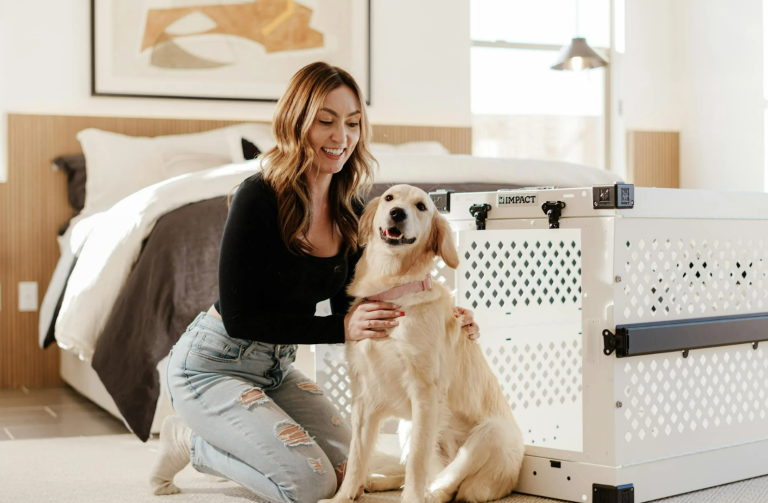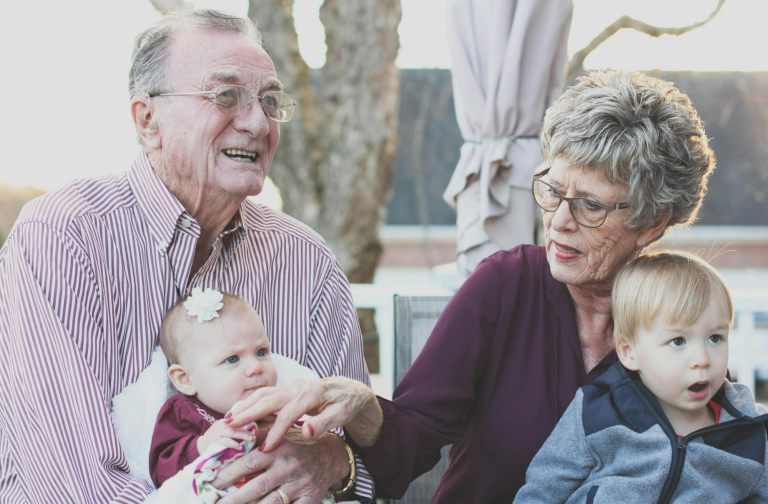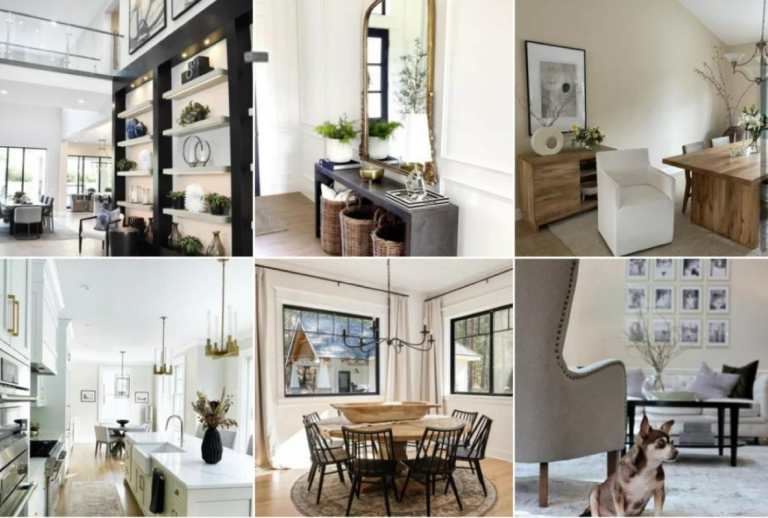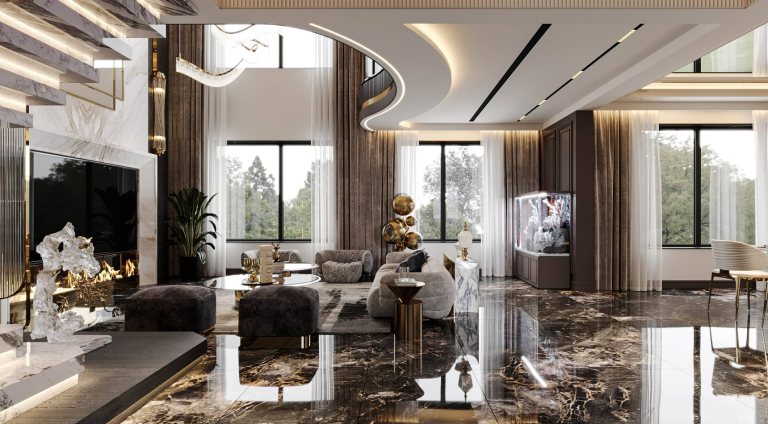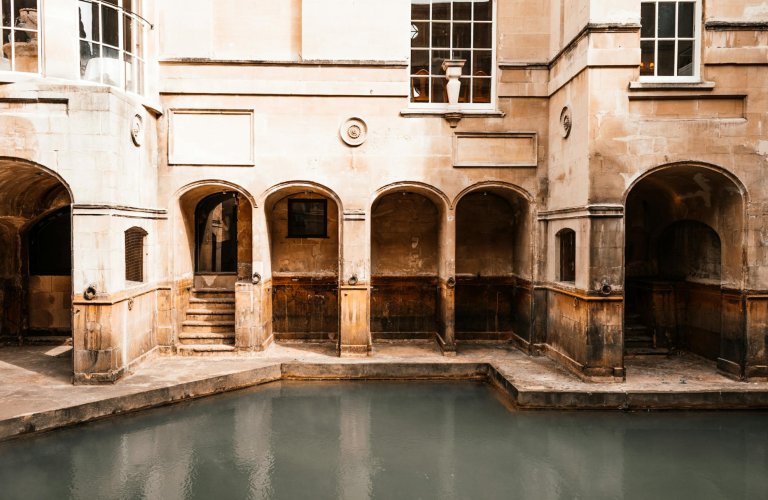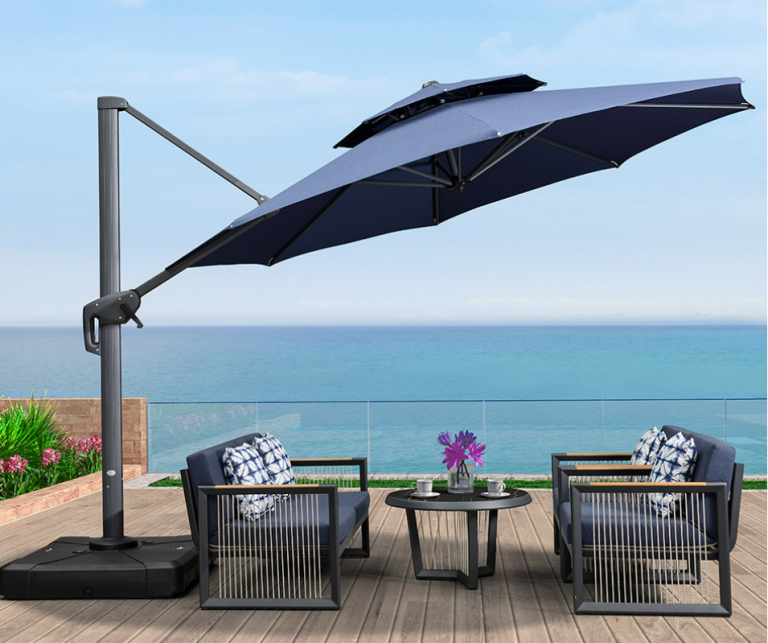

Safety First: Safety Features of Age-Friendly Homes
Introduction: The Urgency of Age-Friendly Safety
With 1 in 6 people globally aged 60+ (WHO), homes must evolve to prevent the 684,000 annual fatal falls seniors face. Age-friendly safety isn’t just about comfort—it’s a lifeline.
Why Safety Features Matter for Aging Adults
Physical Risks: Falls, Mobility, and Sensory Decline
30% of seniors fall yearly due to poor lighting or slippery floors. Solutions like non-slip tiles and motion-sensor lights address these risks head-on.
Psychological Benefits of a Secure Environment
Safety features reduce anxiety, fostering independence. A well-lit hallway with grab bars isn’t just functional—it’s a confidence booster.
Core Safety Principles for Age-Friendly Homes
Universal Design: Accessibility for All
Wider doorways (≥36 inches), zero-step entries, and lever-style handles ensure seamless navigation for wheelchairs or weakened grip strength.
Proactive Hazard Prevention
Remove tripping hazards (rugs, thresholds) and use rounded furniture edges. Think: “Design like a ninja warrior course—but for stability, not obstacles”.
Essential Safety Features by Area
Entryways and Pathways
- Non-Slip Flooring and Ramp Installations: Textured tiles and ramps with ≤1:12 slope prevent slips.
- Lighting and Handrail Standards: Install 3000K LED path lights and dual-height handrails (28–34 inches).
Bathroom Safety Upgrades
- Grab Bars and Walk-In Showers: Horizontal/vertical bars near toilets and showers with built-in seats reduce fall risks by 50%.
- Anti-Scald Devices and Toilet Safety: Thermostatic mixers prevent burns; raised toilets (17–19 inches) ease sitting/standing.
Kitchen Safety Innovations
- Automatic Shut-Off Appliances: Stoves with motion sensors cut fire risks.
- Ergonomic Storage Solutions: Pull-down shelves and touchless faucets minimize bending.
Bedroom and Living Space Adjustments
- Emergency Call Systems: Wearable pendants or wall-mounted buttons ensure rapid response.
- Furniture Stability and Layout: Low-profile beds (20–23 inches) with nightlights aid mobility.
Technology’s Role in Enhancing Safety
- Smart Sensors and Alerts: Leak detectors and fall-predicting floor sensors prevent crises.
- Voice-Activated Assistants: “Hey Google, call 911” bridges gaps during emergencies.
Common Oversights and How to Avoid Them
Ignoring small details like low-contrast switches (light gray on white walls) or neglecting outdoor pathways undermines safety. Audit homes annually.
Conclusion: Building a Future-Proof Safe Haven
Age-friendly safety transforms houses into sanctuaries. By marrying design with technology, we don’t just prevent accidents—we honor independence.
FAQs
- What’s the most overlooked safety feature?
Nightlights in hallways—20% of falls occur during nighttime bathroom trips. - Can smart homes be hacked, risking seniors’ safety?
Use encrypted systems like Z-Wave and regular firmware updates to mitigate risks. - How much do basic safety upgrades cost?
Grab bars (50–150) and non-slip strips (20)areaffordable;fullremodelsrange5,000–$30,000. - Do safety features reduce home resale value?
No—72% of buyers prioritize universal design features. - Are there grants for age-friendly modifications?
Yes—check local programs like Shanghai’s subsidy for low-income seniors
